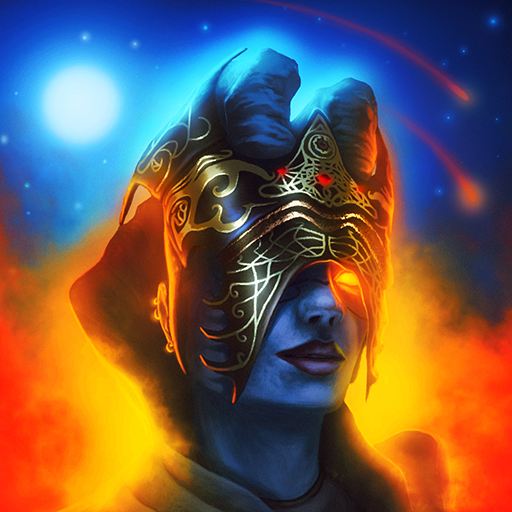The mid-1980s marked a golden era for Marvel, not only creatively but also financially. After navigating through the rough patches of the late '70s, largely thanks to the success of Star Wars, Marvel was poised to revolutionize the comic industry with the launch of Secret Wars in 1984. This landmark series had far-reaching effects on both the Marvel universe and the industry, setting the stage for new directions for Marvel's iconic heroes and villains for years to come.
During this period, Marvel produced several other unforgettable stories, including Frank Miller’s Born Again arc in Daredevil, the return of Jean Grey in X-Factor, and Walt Simonson’s Surtur Saga in Thor. In this installment, Part 8 of our series on Marvel's essential issues, we delve into these significant narratives and other notable stories from the same timeframe. Join us as we explore the pivotal moments that shaped the Marvel universe during this era.
More Essential Marvel
1961-1963 - The Birth of a Universe
1964-1965 - The Sentinels Are Born and Cap Dethaws
1966-1969 - How Galactus Changed Marvel Forever
1970-1973 - The Night Gwen Stacy Died
1974-1976 - The Punisher Begins His War on Crime
1977-1979 - Star Wars Saves Marvel From Bankruptcy
1980-1982 - Did the Dark Phoenix Saga Usher in the Greatest Decade for Marvel?
**Frank Miller's Born Again and Walt Simonson's Surtur Saga
For some of the most acclaimed storylines from this era, look no further than Born Again. Frank Miller returned to write Daredevil in issues #227-233, with David Mazzuchelli providing the artwork. This arc is widely regarded as one of the definitive Daredevil stories. In a gripping narrative, a drug-addicted Karen Page sells Daredevil's secret identity for heroin, which eventually reaches the Kingpin. Using this knowledge, the Kingpin orchestrates the destruction of Matt Murdock's life, leaving him homeless, jobless, and isolated. At his lowest point, Matt is rescued by his mother, Maggie, a nun. The story chronicles Matt's arduous journey back to becoming Daredevil, while the Kingpin's obsession with destroying Murdock spirals into fanaticism. This masterwork inspired the third season of Netflix’s Daredevil series and serves as the foundation for the upcoming Disney+ series, Daredevil: Born Again.
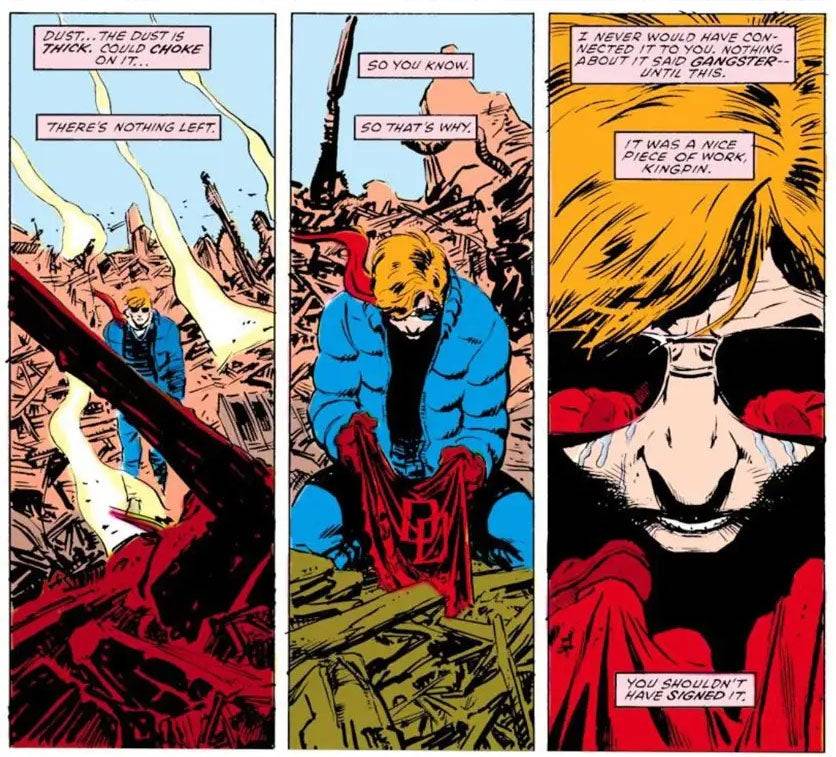 Daredevil: Born Again
Daredevil: Born Again
Another iconic saga from this period is Walt Simonson's Surtur Saga in Thor. Starting with issue #337 in 1983, Simonson introduced Beta Ray Bill, an alien worthy of wielding Mjolnir. His tenure revitalized Thor's series with a mythic fantasy feel, culminating in the year-long Surtur Saga from issues #340-353. The plot follows the fire demon Surtur's quest to bring about Ragnarok using the Twilight Sword, sending Malekith the Accursed to battle Thor. The saga concludes with an epic confrontation involving Thor, Loki, and Odin against Surtur. Elements of this storyline were adapted into the films Thor: The Dark World and Thor: Ragnarok.
Secret Wars Changes Comics Forever
In Part 4 of our series, we discussed how the 1973 Avengers/Defenders War foreshadowed the event crossovers that would dominate Marvel and DC's publishing. The shift materialized in 1984 with the release of Secret Wars, a 12-issue miniseries crafted by then Editor-in-Chief Jim Shooter, with art by Mike Zeck and Bob Layton. Born from a marketing collaboration with Mattel, the series served to promote a new toy line. The premise is straightforward: the cosmic entity known as the Beyonder transports a group of Marvel heroes and villains to Battleworld to battle for the supremacy of good or evil. The series is filled with large-scale combat scenes and sets up numerous plot threads for ongoing series, though it's often criticized for the X-Men's out-of-character behavior and some questionable character interactions, such as Magneto's relationship with the Wasp.
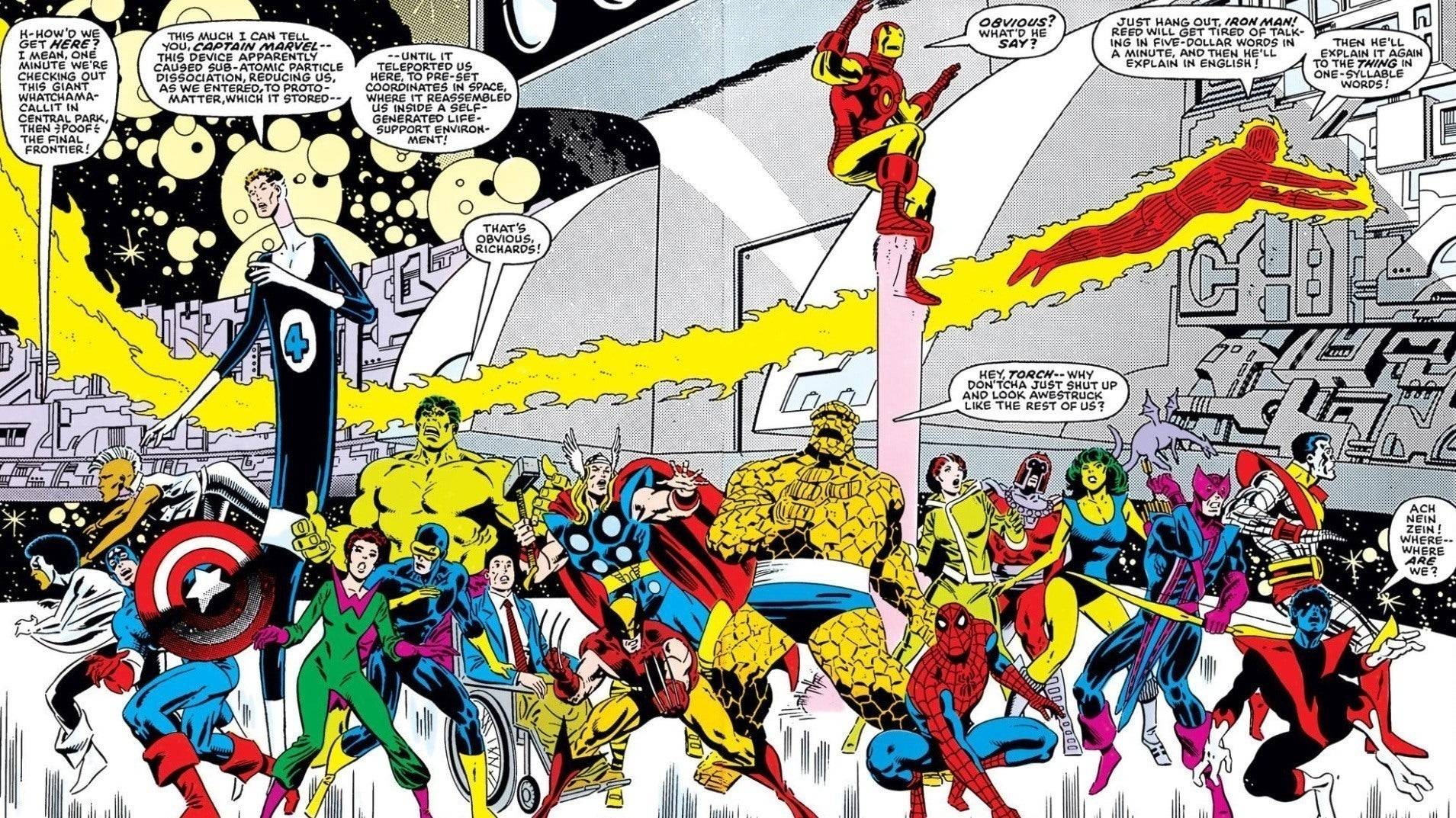 Secret Wars #1
Secret Wars #1
Secret Wars is a mixed bag. While its impact on the Marvel universe and the industry is undeniable, the narrative itself is often seen as lacking depth. Jim Shooter's portrayal of Doctor Doom is a highlight, but the series struggles to maintain the coherence of individual character arcs. The 2015 version by Jonathan Hickman and Esad Ribić offers a more compelling narrative, yet the original Secret Wars paved the way for the event-driven model that would dominate comic publishing. The success of Secret Wars led to Secret Wars II and, alongside DC's Crisis on Infinite Earths, established the event story format as a staple in comic book storytelling.
Spider-Man’s Symbiote Suit and Other Iconic Spidey Stories
Following the foundational runs by Stan Lee and Gerry Conway, Amazing Spider-Man found its next iconic writer in Roger Stern. Taking over with issue #224, Stern's tenure lasted over two years, restoring the series to the high standards fans expected. His most significant contribution was the introduction of the Hobgoblin in issue #238, quickly becoming one of Spider-Man's most formidable adversaries. Stern's original Hobgoblin saga, though cut short by his departure after issue #251 due to editorial interference, was later concluded by Stern himself in the 1997 miniseries Spider-Man: Hobgoblin Lives.
As Stern left, another landmark occurred in Amazing Spider-Man #252 with the introduction of Spider-Man's black symbiote costume. Although its origin was revealed in Secret Wars #8 on Battleworld, the symbiote first appeared here, setting the stage for the arrival of one of Spider-Man's most popular villains. The black costume became Spider-Man's most iconic alternate look, with its story adapted across various media, including Sam Raimi’s Spider-Man 3, Spider-Man: The Animated Series, Spectacular Spider-Man, and Insomniac’s Spider-Man 2.
Another significant Spider-Man story from this period is The Death of Jean DeWolff in Spectacular Spider-Man #107-110 by Peter David and Rich Buckler. This dark tale, featuring Spider-Man's pursuit of the Sin-Eater who killed his ally Jean DeWolff, and his subsequent conflict with Daredevil, remains a standout arc for its somber tone and authentic Spider-Man narrative.
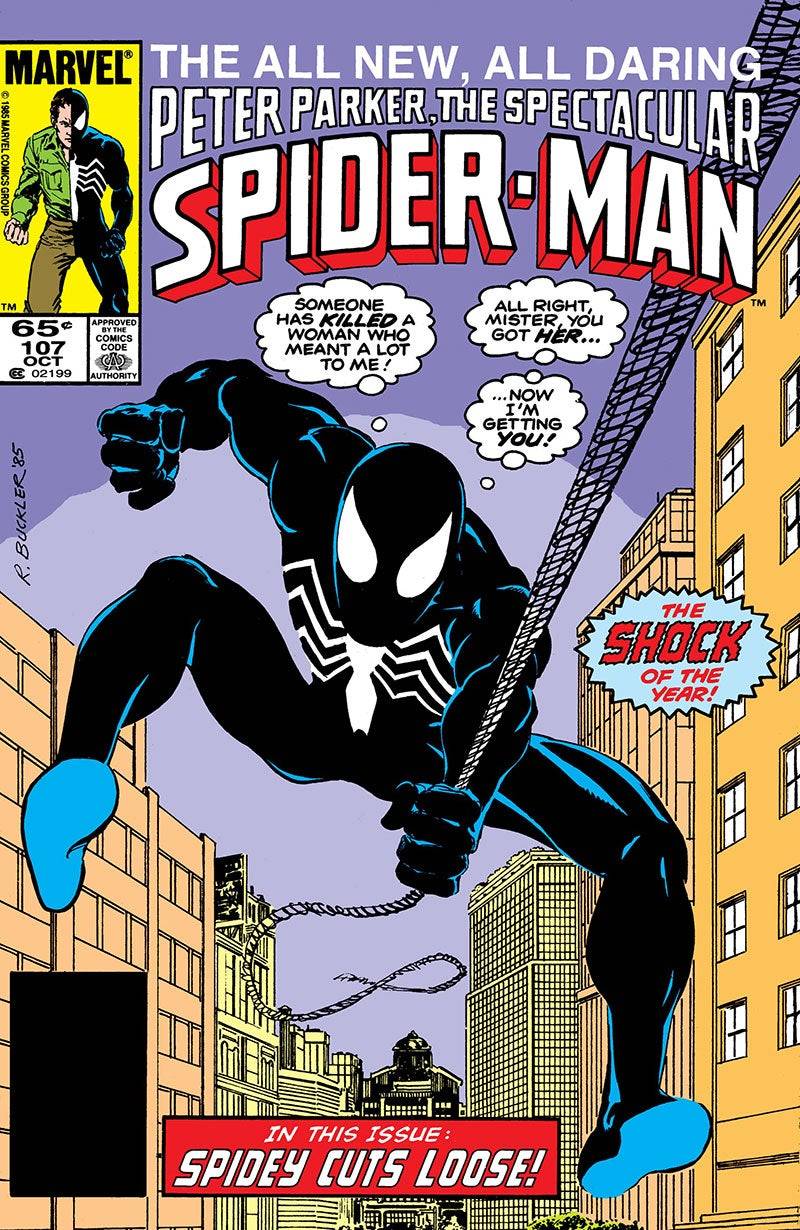 Spectacular Spider-Man #107
Spectacular Spider-Man #107
Jean Grey Returns, the Rise of Apocalypse, and Other Mutant Landmarks
The mid-1980s also saw significant developments in the mutant corner of the Marvel universe. Vision and the Scarlet Witch #4 confirmed Magneto as the father of Quicksilver and Scarlet Witch, a revelation that stood for decades until a retcon in 2015. X-Men #171 marked Rogue's transition from the Brotherhood of Evil Mutants to the X-Men, cementing her status as a beloved heroine. Similarly, X-Men #200 showcased Magneto's trial and subsequent appointment to lead Xavier's School, a pivotal moment in his character arc.
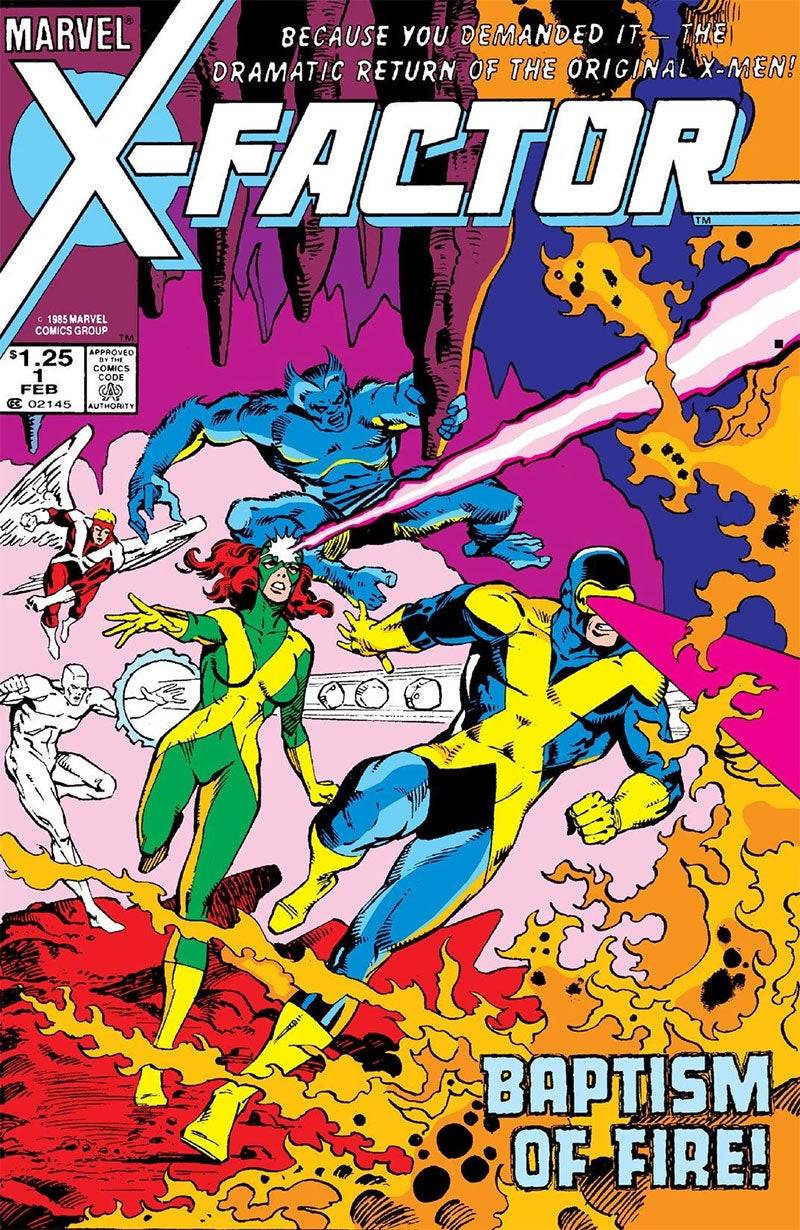 X-Factor #1
X-Factor #1
The period also saw the resurrection of Jean Grey in a two-part story across Avengers #263 and Fantastic Four #286, leading to the formation of X-Factor with the original X-Men members. The introduction of Apocalypse in X-Factor #5-6 by Louise Simonson and Jackson Guice marked another major milestone. An ancient mutant merged with Celestial technology, Apocalypse became a central antagonist for X-Factor and a recurring foe in the X-Men franchise, appearing in various adaptations, including the 2016 film X-Men: Apocalypse.
AnswerSee Results
















